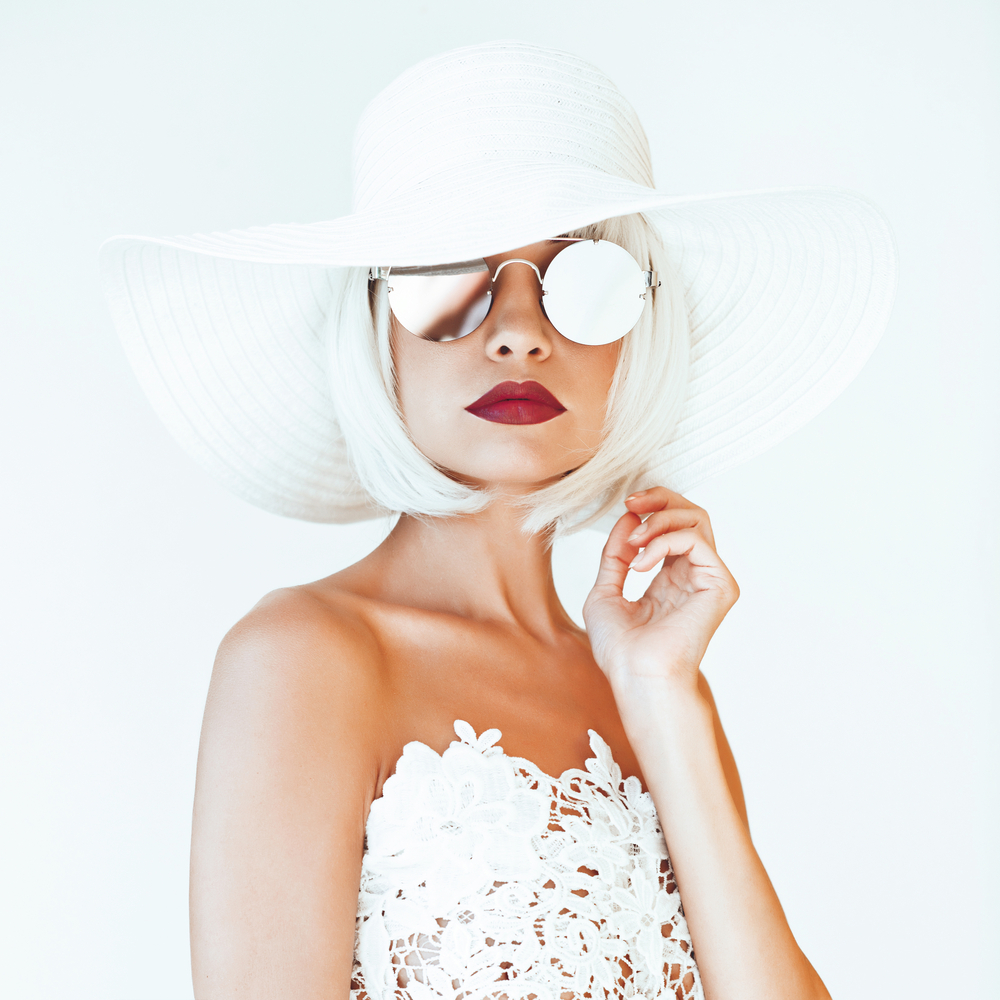
Modeling is not just about standing in front of a camera and striking a pose. It is an art that requires skill, practice, and dedication. To create stunning photoshoots, models must understand the essential techniques and tips that can elevate their work to the next level. In this article, we will explore some of the key elements to master the art of modeling (or modelling) and create breathtaking images.
Pose with Purpose
One of the fundamental aspects of modeling (by models) is posing. The way you position your body can dramatically affect the overall impact of the photograph. To achieve stunning results, models should practice various poses that enhance their best features and convey the desired emotions.
Experiment with different hand placements, body angles, and facial expressions to discover what works best for you. Consider studying fashion magazines or browsing online for inspiration, but always put your personal touch on each pose to make it unique to your style.
Facial Expressions Matter
While your body positioning is crucial, modelling is not complete without captivating facial expressions. Your face should reflect the mood and concept of the photoshoot, whether it's a high fashion editorial or a commercial shoot.
Practice different expressions in front of a mirror and explore the range of emotions you can convey. Learn to control your facial muscles to create subtle or bold changes. Remember, your eyes are the windows to your soul, so make sure they convey the story you want to tell.
Learn Your Angles
Models often have specific angles that highlight their best features. Experiment with different camera angles and study photographs of yourself to identify what works best for you.
Keep in mind that certain angles can make you appear taller, leaner, or have a more defined jawline. Find your distinct angles and use them to your advantage during photoshoots. Understanding your best angles can significantly enhance the overall composition of the image.
Confidence is Key
Confidence plays a vital role in modelling (or modeling) . When you believe in yourself and your abilities, it reflects in your photos. Confidence allows you to embody the character or story you're portraying, making the images more authentic and captivating.
To boost your confidence, maintain a positive mindset and surround yourself with supportive individuals who believe in your talent. Additionally, practice self-care and take the time to appreciate your unique qualities. Remember, confidence comes from within, and it is the secret ingredient that can truly make your photos shine.
Collaborate with the Photographer
A successful modeling photoshoot requires collaboration between the model and photographer. Establishing a positive connection and communication with the photographer will lead to exceptional results.
Before the shoot, discuss your visions, ideas, and concepts with the photographer. Understand their style and what they envision for the final images. Maintain an open line of communication during the photoshoot, and don't be afraid to ask for feedback or suggestions.
Remember, photographers have a wealth of knowledge and experience in capturing stunning images, so their guidance can be invaluable to your modeling journey.
Frequently Asked Questions
Q: How can I become a successful model?
A: Becoming a successful model requires a combination of talent, hard work, and perseverance. Practice your posing, work on perfecting your portfolio, and network within the industry. Building a strong personal brand and being professional in every aspect of your work can also greatly increase your chances of success.
Q: Is modeling only for young individuals?
A: No, modeling is not solely for young individuals. The fashion industry acknowledges the beauty and talent found in all age groups. There are opportunities for models of various ages, from child models to seniors. Embrace your unique qualities and find agencies or photographers who specialize in your age group.
Q: Do I need professional training to become a model?
A: While professional training can be beneficial, it is not always necessary to become a model. Many successful models started their careers without formal training. However, taking modeling classes can help you learn industry-specific techniques, gain confidence, and understand the business aspects of the industry.
Q: How do I avoid scams in the modeling industry?
A: Unfortunately, the modeling industry is not immune to scams. To protect yourself, research any agency or photographer before committing to any agreements. Look for reputable agencies with positive reviews and avoid those that ask for excessive upfront fees or make unrealistic promises.
Q: What should I include in my modeling portfolio?
A: Your modeling portfolio should showcase your versatility and strengths as a model. Include a variety of photos that highlight different poses, expressions, and styles. Aim for diversity in terms of the photographers you work with and the settings in which the photos were taken. Keep your portfolio up to date and regularly replace older images with recent work.
The art of modeling is a continuous learning process. By mastering posing techniques, facial expressions, body angles, and collaborating with photographers, you can take your modeling career to new heights. Remember to embrace your confidence and unique qualities, and success will likely follow. Happy modeling!
Other useful resources
- https://en.wikipedia.org/wiki/Modeling_agency